All it takes are a few key things such as shelter, food, and water, to make birds feel at home in your garden. Gardening with birds in mind is so important these days when small birds are challenged by problems such as climate change, habitat challenges and bird flu.
The rewards are great – the colour and life that birds bring into the garden is something to savour. There is such joy in seeing a flock of Blue Tits flitting from one shrub to another, or a little Wren hopping out from under the hedge, and who hasn’t loved a Robin keeping them company during the autumn leaf raking?
There are lots of brilliant plants to grow in your garden and some of them provide fantastic food and shelter for garden birds as well as looking great. You don’t need to have a wild garden to make birds feel at home, you just need to think about what birds need and plan – and plant – accordingly.
These are my top plants for birds. I've tried to make it a good mix so there should be something that will suit every garden, large or small.
Here's more on how you can support birds, from bird baths and feeders to bird houses and bird tables.
You may also like
The best plants for birds in the garden
Best trees for birds
Amelanchier - Snowy Mespilus
SQUIRREL_TEXT_13180252
Even if you have a small garden, do make room for one tree. There is nothing as good as a tree for making birds feel sheltered and protected, plus it gives you somewhere to hang your bird feeders.
Amelanchier is a great choice. It has a froth of white spring blossom followed by juicy little fruits that the birds love and a great show of autumn colour, which is great for us gardeners. It’s very tolerant of soil and situation, has a lovely twiggy habit that birds – and garden designers – love, and you can easily grow it as a multi stem shrub if you’re very tight on space.
SQUIRREL_13180252
Fruit trees such as Apple, Plum etc.
Browse fruit trees at Crocus
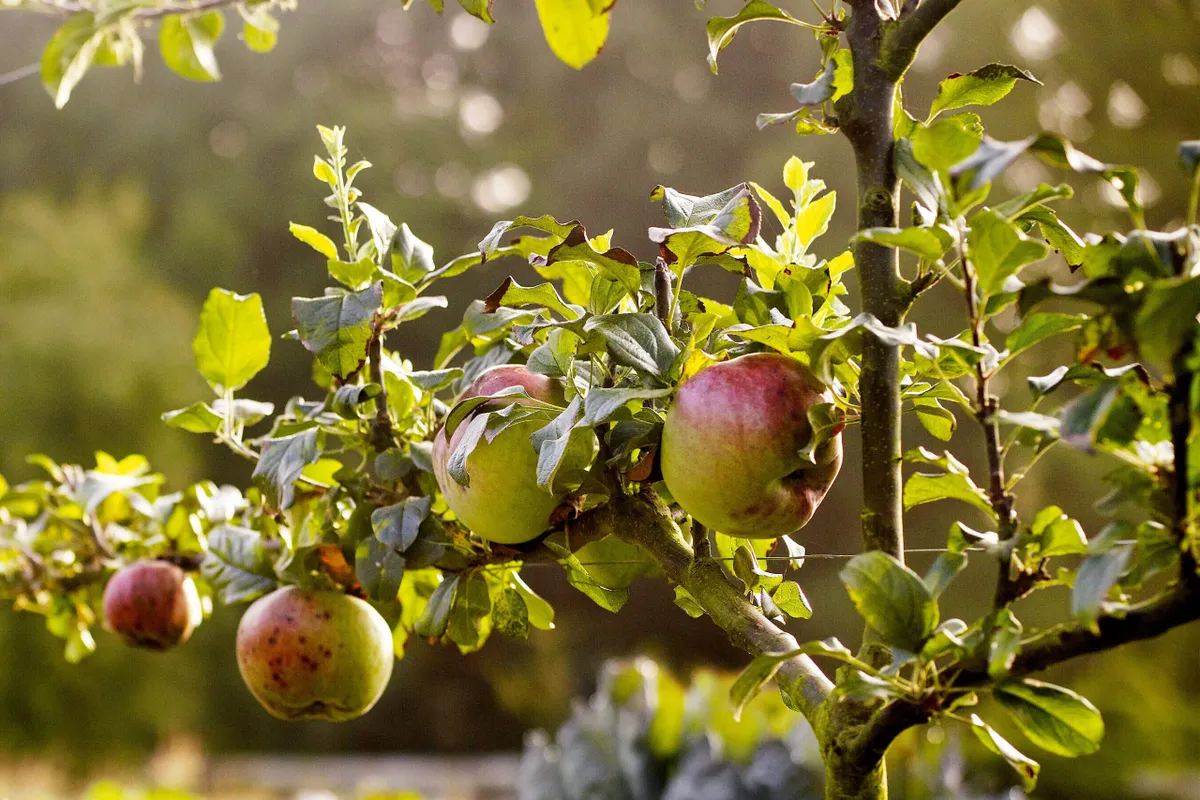
Fruit trees are great for all sorts of wildlife from insects and bees to the birds that will feed on those very insects, not to mention the fruits the trees produce. From the gardener’s point of view, with all that lovely blossom, fruit trees are fantastic for pulling in pollinators far and wide which makes for a healthy, happy garden with plenty of fruit and flowers.
Added to that, fruit trees are brilliant for smaller spaces as you can buy them on dwarf or super dwarf rootstocks which are perfect for growing in pots, training against a wall or fence or even over an arch.
Browse fruit trees at Crocus
Holly - Ilex
SQUIRREL_TEXT_13180254
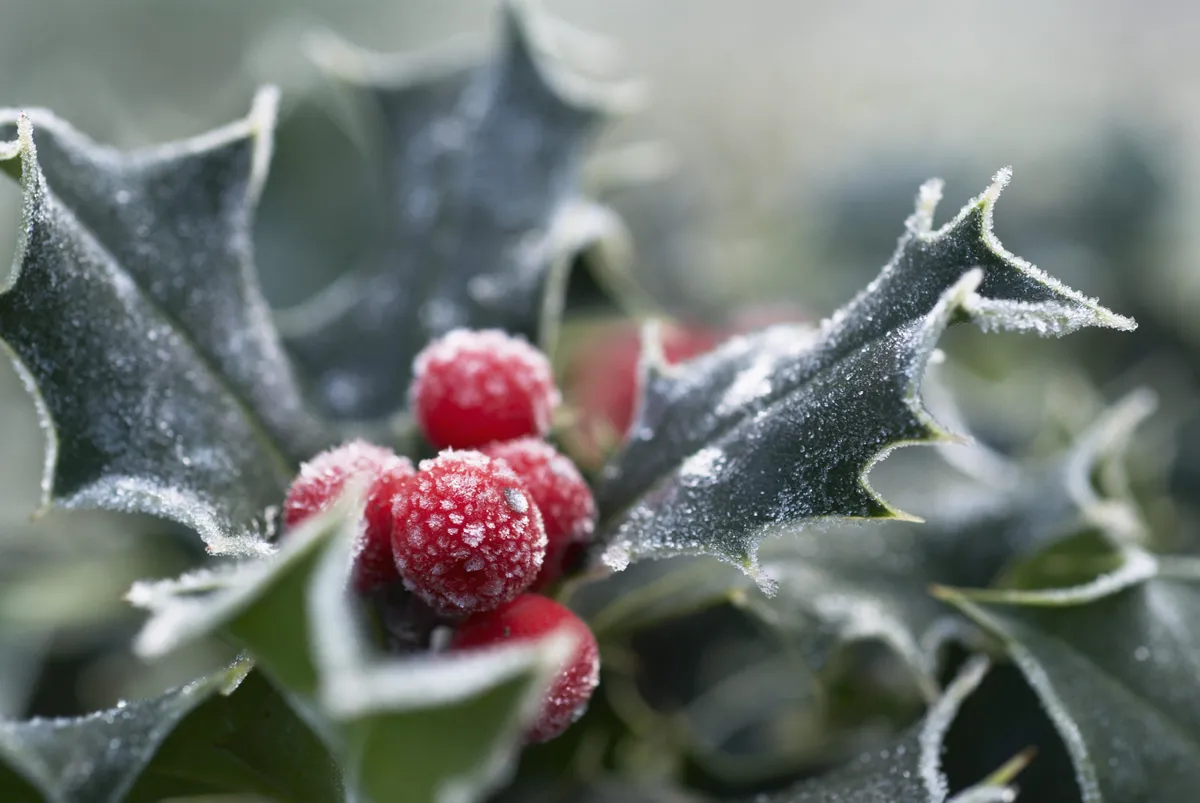
I do love a shiny, evergreen holly and so do the birds. They love the shelter those spiny leaves offer at nesting time, not to mention any berries that the plant might produce in the bleak winter months. The great thing for gardeners about a holly is that it can be a tree, a shrub or even a rather good clipped topiary should you take the trouble to train it.
Birds will love it in any shape or form, though. I love ‘Golden King’ which contrary to its name is in fact a female form producing plenty of shiny red berries against the gold and green variegated leaves.
SQUIRREL_13180254
Best shrubs for birds
Sambucus – Elder
SQUIRREL_TEXT_13142954

Reliable, easy and happy almost anywhere, there is a lot to like about the elder. Birds love the huge umbels of shiny fruits in late summer, and insects love the spring blossom, which in turn attracts birds to feed on those insects.
Plus there are some gorgeous garden varieties such as ‘Black Beauty’ with rich purple leaves and sugar pink flowers or the more finely cut leaves of ‘Black Lace’. It needs space to grow, mind you, and a firm hand when it comes to pruning but nonetheless, elder is a top garden and bird plant.
SQUIRREL_13142954
Lavender
Browse lavender at Crocus
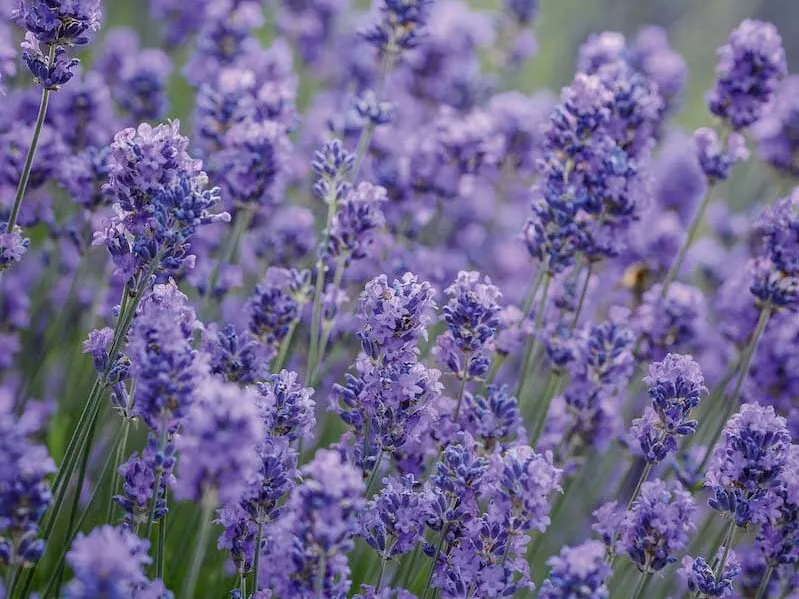
Makes good displays of strong lavender-blue flowers atop typical, aromatic grey foliage. Needs a sunny, free-draining position. 60cm. RHS H5, USDA 5a-8b. © Jason Ingram
Lavender is one of those must-have garden plants that looks great planted on its own or with other plants. Whether it’s classic path edging of dwarf lavender such as ‘Imperial Gem’ or a gravel garden planting of species lavender, that silver grey foliage and the long lasting flowers make for a Mediterranean feel all summer long.
Besides the obvious garden appeal, all that shrubbiness is great for birds like wrens to use as cover while goldfinches will sometimes go for the seeds, while the flowers attract all sorts of insects and the birds that follow them.
Discover our grow guide to lavender.
Browse lavender at Crocus
Cotoneaster
SQUIRREL_TEXT_13180264
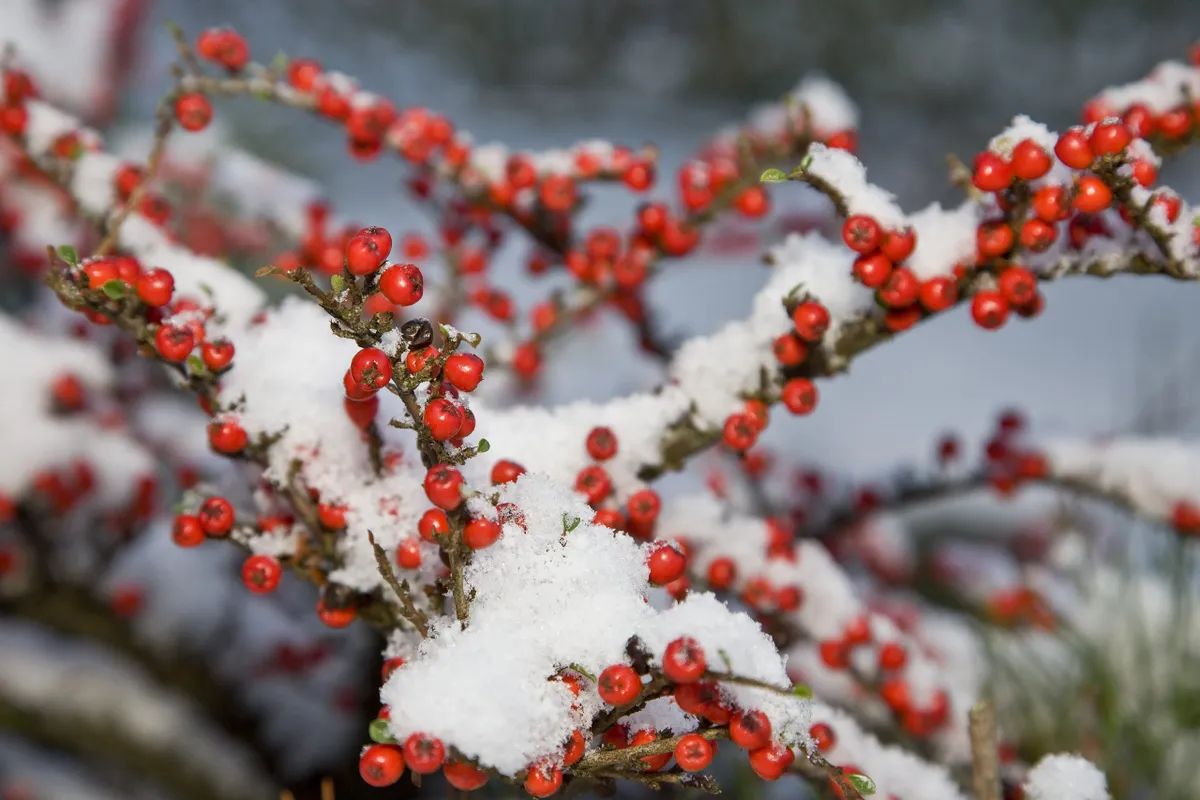
The humble cotoneaster is so easy to dismiss but there is no doubt that birds love those berries and that characteristically twiggy growth for shelter. For gardeners the great thing about the cotoneaster is that there is one to suit every garden.
For larger gardens, choose the tree forms like Cotoneaster lacteus; for training against a wall good old Cotoneaster horizontalis with those sprays of foliage and fruits is an easy choice. When it comes to a tiny garden, I’m rather taken with the diminutive Cotoneaster microphyllus, which, as its name suggests, has small leaves, grows slowly and daintily, but nonetheless produces lots of little dusty red berries.
SQUIRREL_13180264
Barberry – Berberis
SQUIRREL_TEXT_13180265
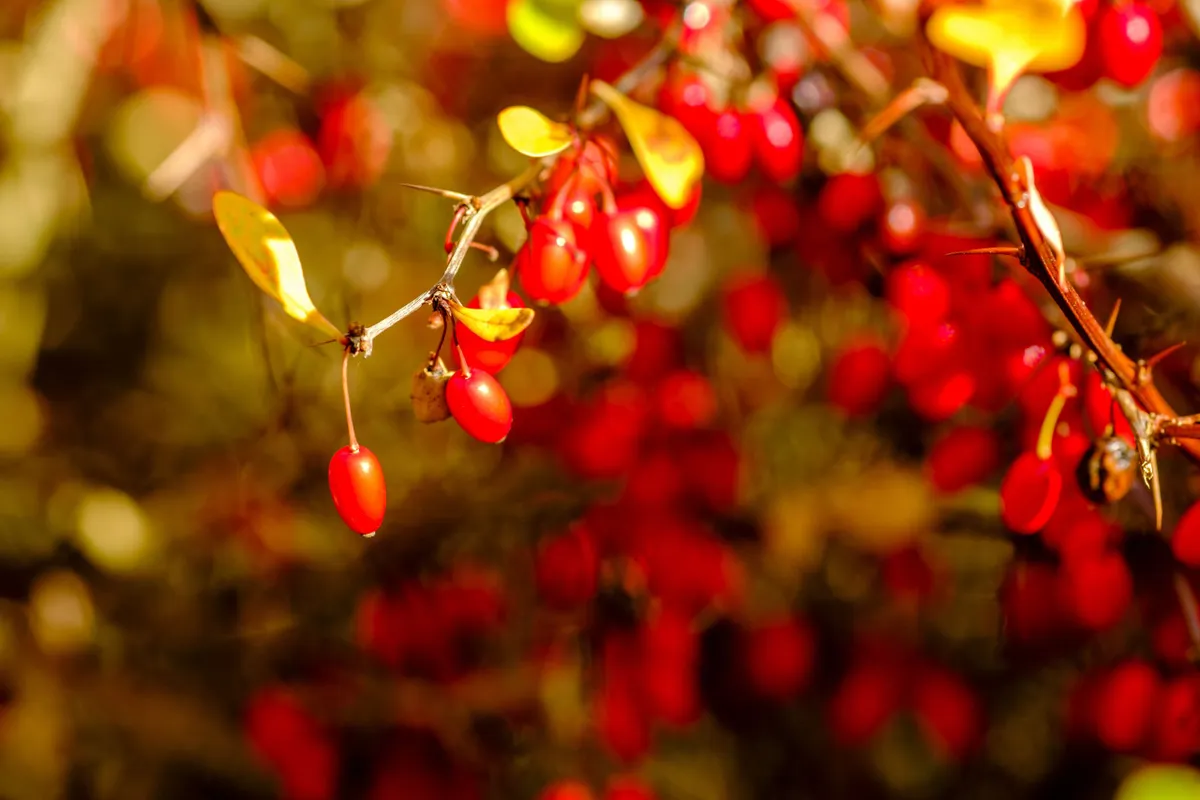
While Berberis might not win any prizes for spectacular flowers, what a great selection of plants there is to choose from, and all of them are brilliant for birds. Many make great small hedges for the garden, as well as specimen shrubs in their own right.
They run to a whole range of sizes too – choose from tiny dwarf shrubs only 30cm (1ft) tall to over 2m (6ft). I love the evergreen forms such a Berberis darwinii - yes discovered by the great man himself, - with its shiny, shield shaped leaves, yolk yellow flowers and black berries, but there are countless others, many with lovely autumn colour and rich red fruits. And spines – they pretty much all have lots of spines.
It’s that combination of spikiness and fruit that makes these plants great for birds – shelter and food.
SQUIRREL_13180265
Best climbing plants for birds
Wisteria
Browse wisteria at Crocus
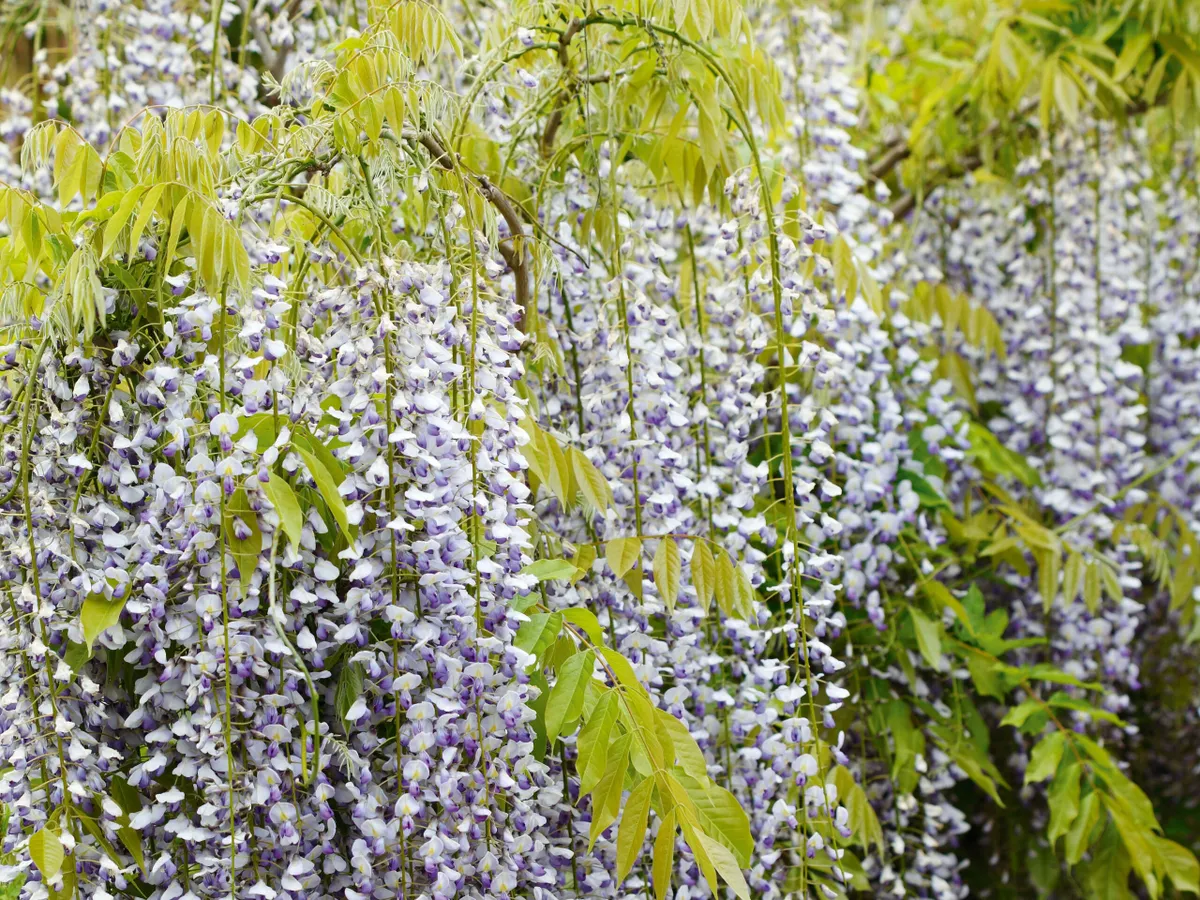
With its strong, woody growth and large, lush leaves, wisteria makes a wonderful shelter for all sorts of birds, from tiny tits to brash Pigeons and anything in between. Marvellous for nesting, it also is a haven for insects, which those tits will happily pick off.
But it’s also one of the most spectacular climbers for your garden, with a profusion of long racemes of flowers, sometimes scented, in shades of white, blue, pink or purple in spring. Personally, I’d go for blue Wisteria sinensis every time: that summer sky blue is a joy and the scent is sublime.
Browse wisteria at Crocus
Ivy - Hedera
Browse ivy at Crocus
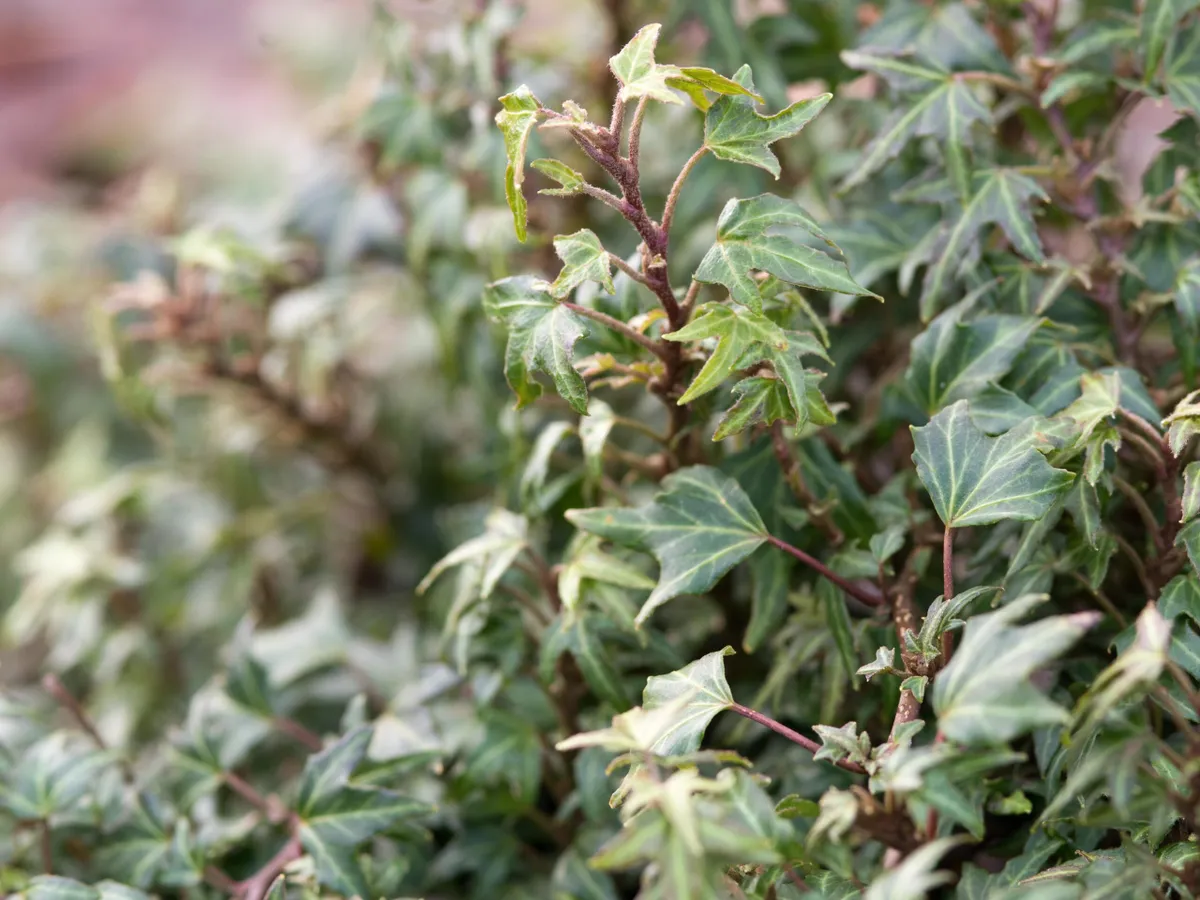
Ivy is something of a wonder plant when it comes to wildlife in general, but especially birds. The flowers are brilliant for attracting insects and the birds that feed on them; the foliage provides superb cover for nests while those hard, black berries are often the only food left in any quantity in the depths of a hard winter.
Ideally you need to let an Ivy plant get tall and mature to produce flowers and fruit, they’re all leaf when they’re small. However, Ivy can be somewhat destructive, taking over trees and walls to their detriment, so think carefully where to let it have its head.
An old tree stump is ideal, or go for the variety 'Arborescens’ , a non-climbing form that produces flowers and fruits at a small size.
Browse ivy at Crocus
Best flowers for birds
Sunflower - Helianthus
Browse sunflowers at Sarah Raven
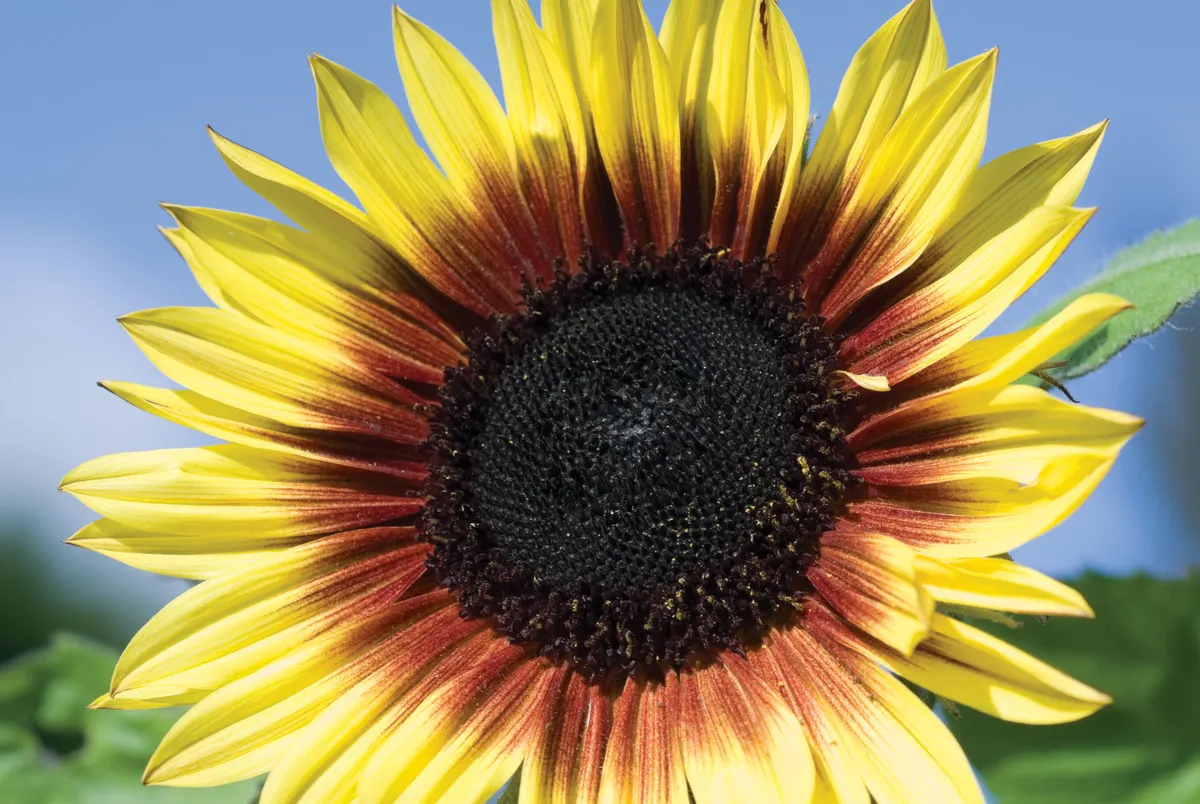
This simple to grow annual has so much going for it. Right from the pleasure of sowing those big, stripy seeds into a pot, tying up the slender stems to sticks as they grow, planting out and then finally watching the massive blooms appear on stalks up to 2m(6ft) tall: growing sunflowers is just absolute fun.
Once those flowers appear, there are insects galore drawn to those huge banks of pollen, after that the birds will take their turn at the wealth of seeds on offer. Make sure you grow the right varieties though – go for single forms rather than the doubles or multi-petalled types, as these won’t produce seeds.
Browse sunflowers at Sarah Raven
Love in a Mist - Nigella
SQUIRREL_TEXT_13083695

The delicate and wiry, not to mention beautifully named, ‘Love-in-a-Mist’ is one of my must-have annuals and also a brilliant plant for birds. This little lovely is as easy to grow as scattering a few seeds and yet won’t run amok through your garden, instead popping up daintily wherever there’s a spot of sunshine.
I love the filigree stems with their elegant flowers and spectacular seed heads, all only 30 or 40cm (12-16ins) tall. The birds are more interested in what’s inside those puffy heads: a wealth of rich, dark, seeds full of oils and nutrients.
SQUIRREL_13083695
Ice Plant - Sedum
SQUIRREL_TEXT_13180277

A classic addition to the late summer border, the Ice Plant is also a winner when it comes to bird life too. There are lots of varieties to choose from but go for a species rather than a hybrid if possible, such as sedum spectabile forms like ‘Autumn Joy’, as these will produce seeds which some birds like finches are drawn to.
But it’s leaving the stems through the autumn that is crucial, providing a habitat for insects and foraging birds late in the season.
SQUIRREL_13180277
Ornamental grasses
Browse ornamental grasses at Crocus
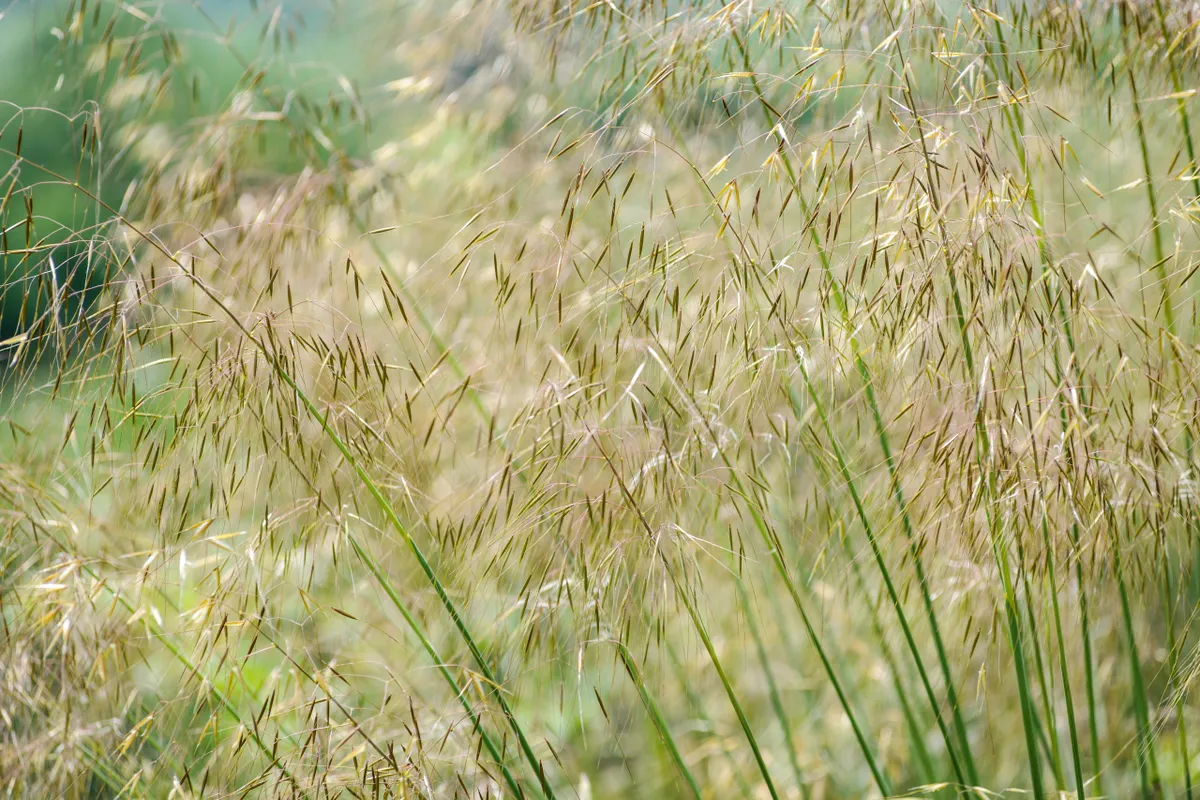
Grasses with ornamental flower heads and foliage have changed our gardens hugely in recent years, but they’re also providing a fantastic food source for birds. Think about Pennisetum, Stipa and Miscanthus - that profusion of seeds is wonderful for the lean seasons of autumn and winter, while the stems make for excellent cover. Come the spring those weathered old stems and foliage are perfect for building nests.
Browse ornamental grasses at Crocus
Lawn flowers
Forget the chemical treatments and let a bit of your lawn go in spring and early summer. All those lawn flowers – the clover, the daisies and, yes, even the dandelions - are just marvellous for birds.
You’ll see blackbirds, sparrows and finches all happily scratching about, picking up insects and seeds from the lawn and then scuttling back to the cover of the shrubs. If you’re lucky you might even get a woodpecker looking for ants. You don’t need to let it go completely, just start mowing every few weeks rather than weekly, and let those flowers bloom a little.
Thistles - Globe thistle, Eryngium etc.
SQUIRREL_TEXT_13180280

To us gardeners some thistles are just downright weeds, to birds those seeds are a boon. That doesn’t mean you need to grow a thistle patch though, instead opt for the ornamental thistles such as the statuesque 1.2m (4ft) Globe Thistle or the elegant teasel, both of which look great towards the back of a border.
If you don’t have room for those, try a sea holly or Eryngium with their metallic blue or silver stems. Some are very dwarf at 20cm (8 ins) up to 60cm (2ft) so perfect for smaller spaces.
SQUIRREL_13180280
Buy Jane's book Planting for Garden Birds here.